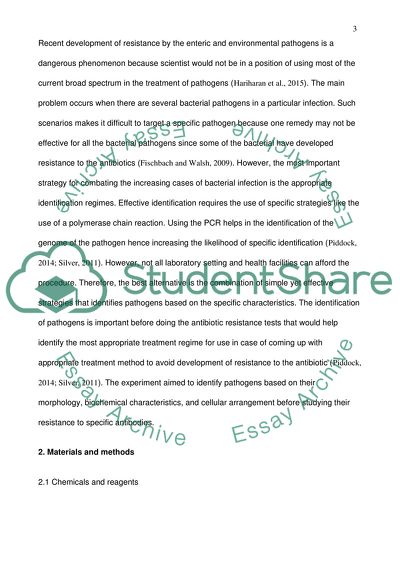Cite this document
(Not Found (#404) - StudentShare, n.d.)
Not Found (#404) - StudentShare. https://studentshare.org/medical-science/1871379-treating-the-bacterial-disease
Not Found (#404) - StudentShare. https://studentshare.org/medical-science/1871379-treating-the-bacterial-disease
(Not Found (#404) - StudentShare)
Not Found (#404) - StudentShare. https://studentshare.org/medical-science/1871379-treating-the-bacterial-disease.
Not Found (#404) - StudentShare. https://studentshare.org/medical-science/1871379-treating-the-bacterial-disease.
“Not Found (#404) - StudentShare”. https://studentshare.org/medical-science/1871379-treating-the-bacterial-disease.


